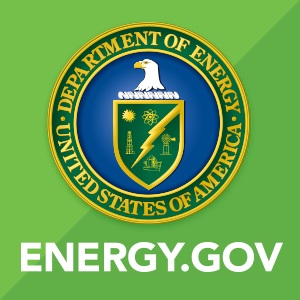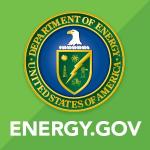Last night's dinner could be tomorrow's liquid fuel. Yes, the technology to turn ordinary human waste into biocrude oil is here, thanks to developments at the Department of Energy's Pacific Northwest National Laboratory.
The technology -- called hydrothermal liquefaction -- mimics the geological conditions the Earth uses to create crude oil by using high pressure and temperature to achieve in minutes something that takes Mother Nature millions of years. The resulting material is similar to petroleum pumped out of the ground, with a small amount of water and oxygen mixed in. This biocrude can then be refined the same way petroleum is.
Wastewater treatment plants across the U.S. treat approximately 34 billion gallons of sewage every day. That amount could produce the equivalent of about 30 million barrels of oil per year. PNNL estimates that a single person could generate two to three gallons of biocrude per year. Nationwide, that translates to a potential annual yield of 650 million to 975 million gallons.
While that is just a small fraction of the nation's fuel demand, widespread adoption of the technology would virtually eliminate the need for sewage residuals processing, transport and disposal. This could potentially lead to big savings for local governments.
"There is plenty of carbon in municipal wastewater sludge and interestingly, there are also fats," said Corinne Drennan, who is responsible for bioenergy technologies research at PNNL. "The fats or lipids appear to facilitate the conversion of other materials in the wastewater such as toilet paper, keep the sludge moving through the reactor, and produce a very high quality biocrude that, when refined, yields fuels such as gasoline, diesel and jet fuels."
Sewage sludge has long been viewed as a poor ingredient for producing biofuel because it's too wet. The PNNL approach eliminates the need for drying required in a majority of current thermal technologies, which have historically made wastewater-to-fuel conversion too energy-intensive and expensive. Hydrothermal liquefaction -- or HTL -- may also be used to make fuel from other types of wet organic feedstock, such as agricultural waste.
PNNL has licensed its HTL technology to Utah-based Genifuel Corporation, which is now working with Metro Vancouver, a partnership of 23 local authorities in British Columbia, Canada, to build a demonstration plant.
Once funding is in place, Metro Vancouver plans to move to the design phase in 2017, followed by equipment fabrication, with production ramping up in 2018.
Susan Bauer is a news writer covering energy and biofuels at Pacific Northwest National Laboratory, one of the Department of Energy's 17 National Laboratories. As a former broadcast journalist, Susan is always trying to get the scoop on energy research.









